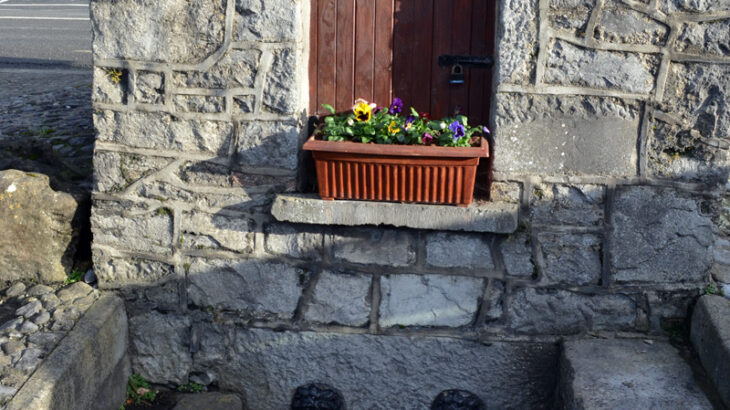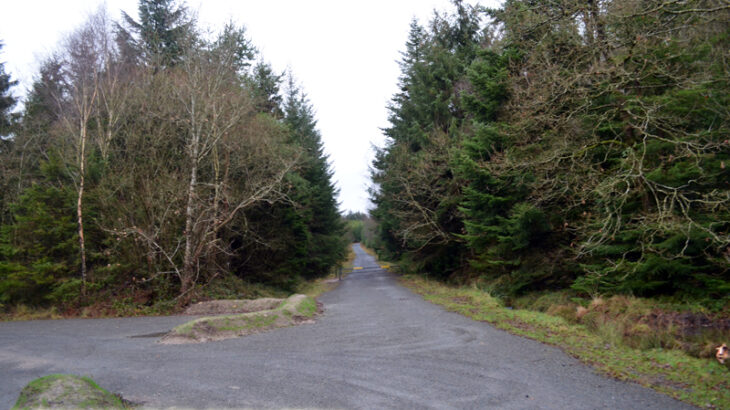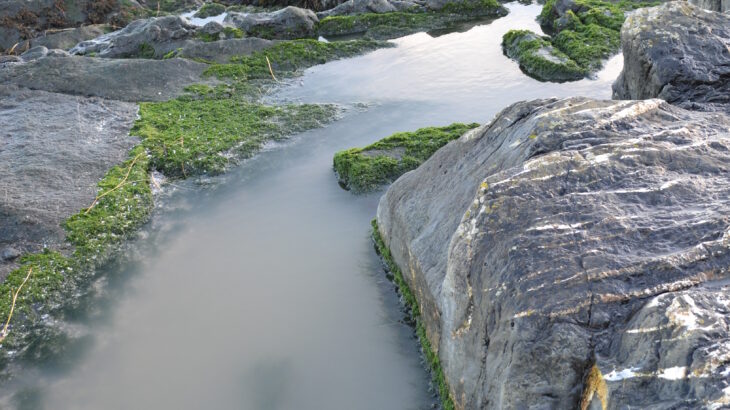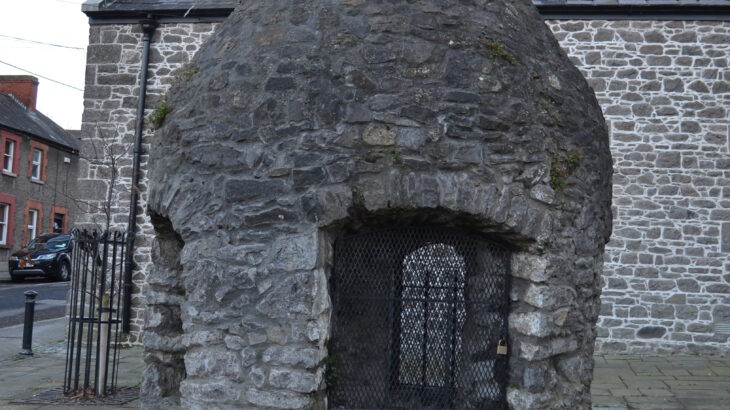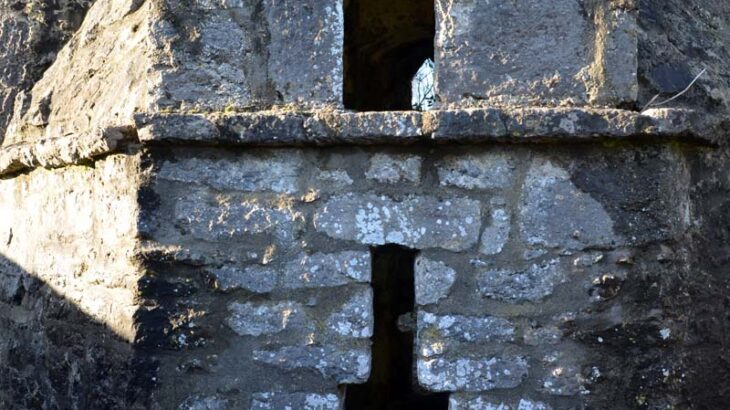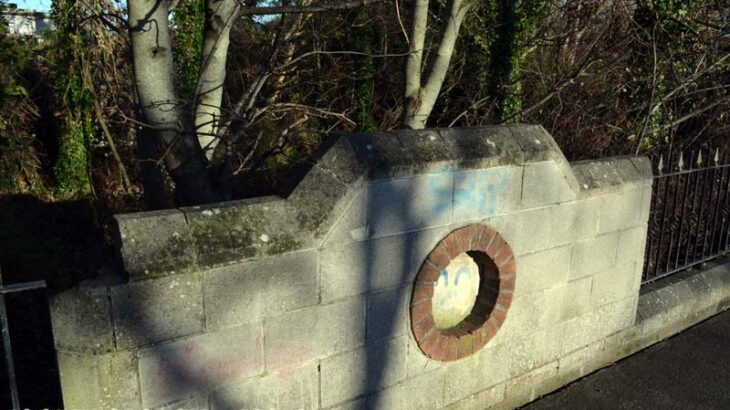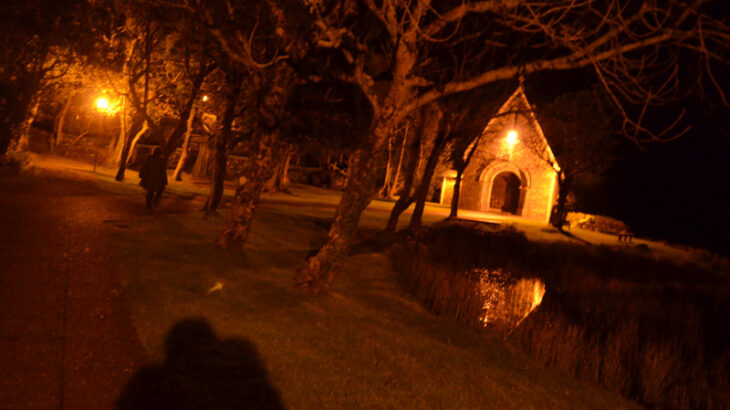
Just inside the gate crossing over to the Island with the Church that is known as Gougane Barra resides a stone-enclosed holy well attributed to Saint Finbarr. Some claim this is one of the most potent holy wells in all of Cork known for its healing properties.
